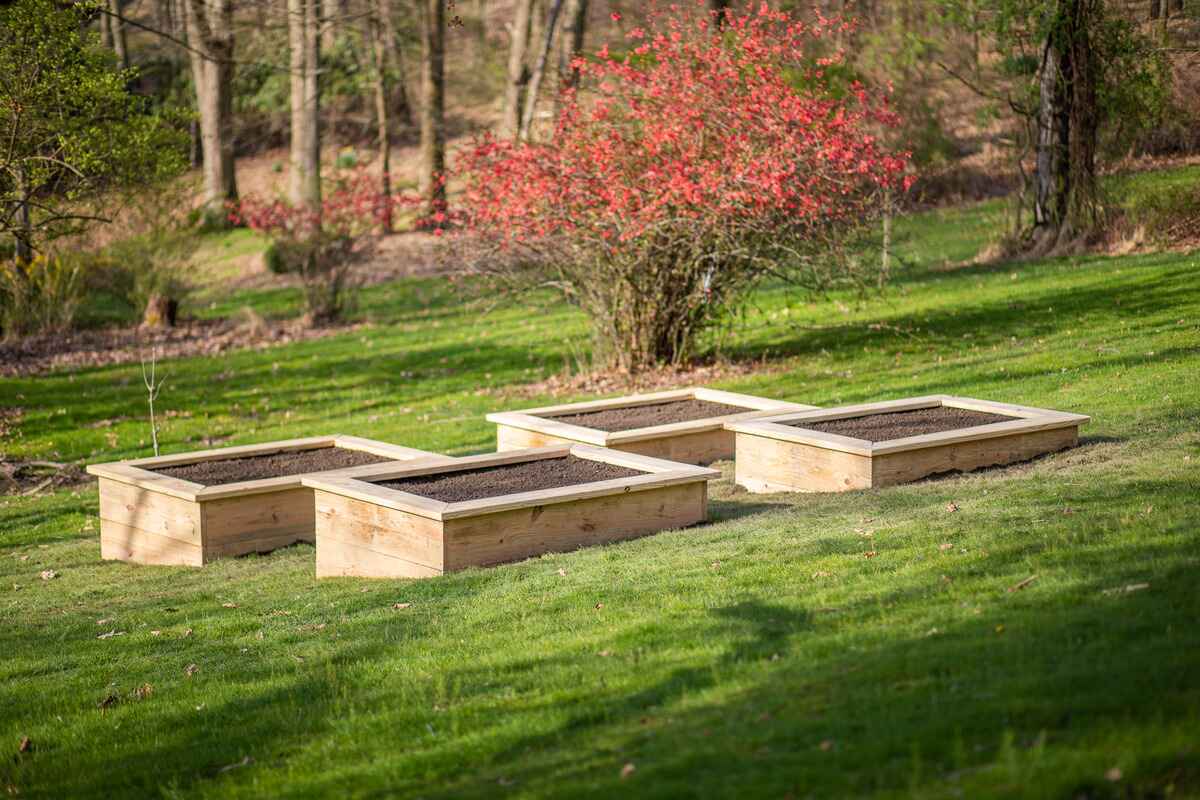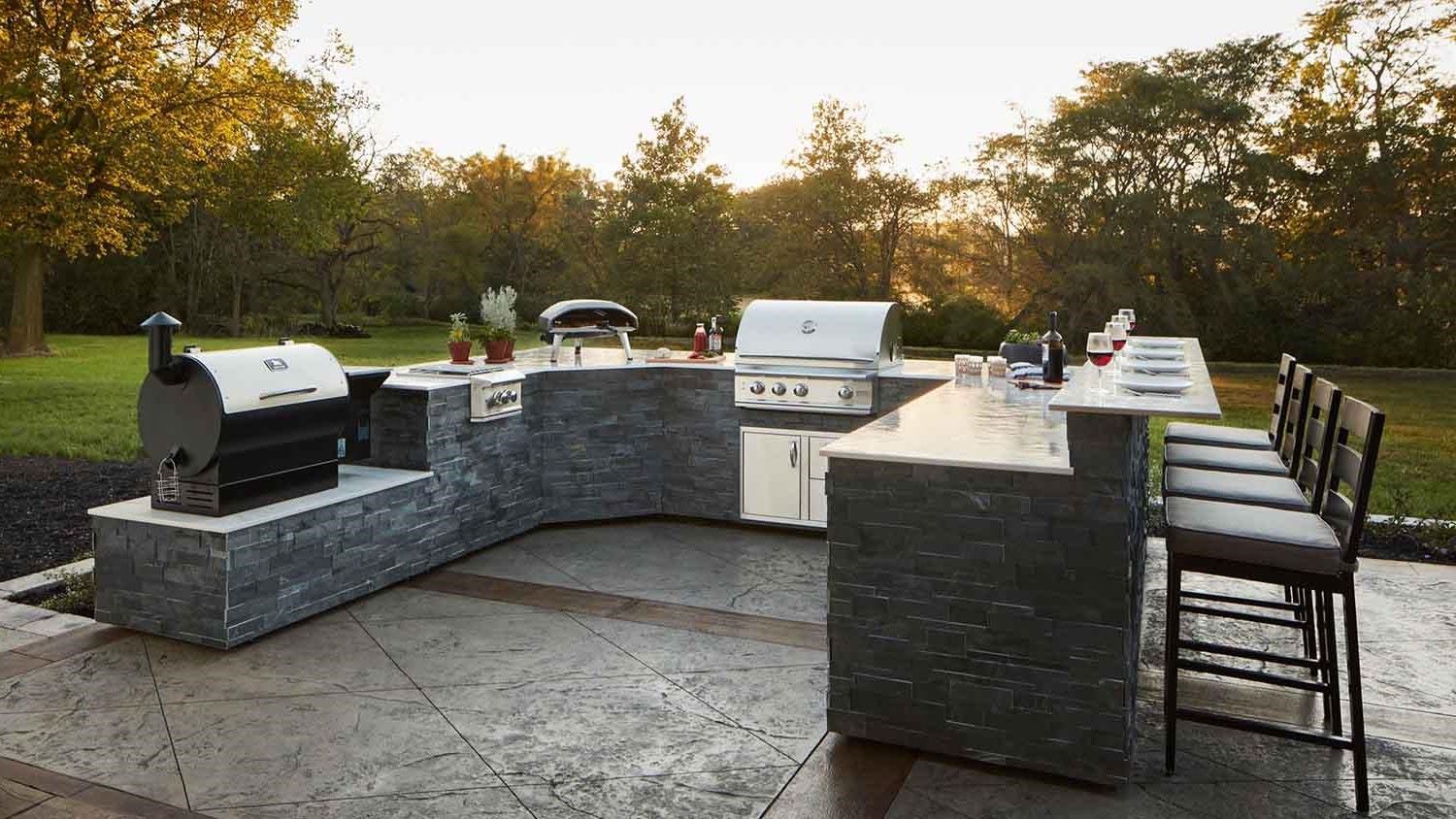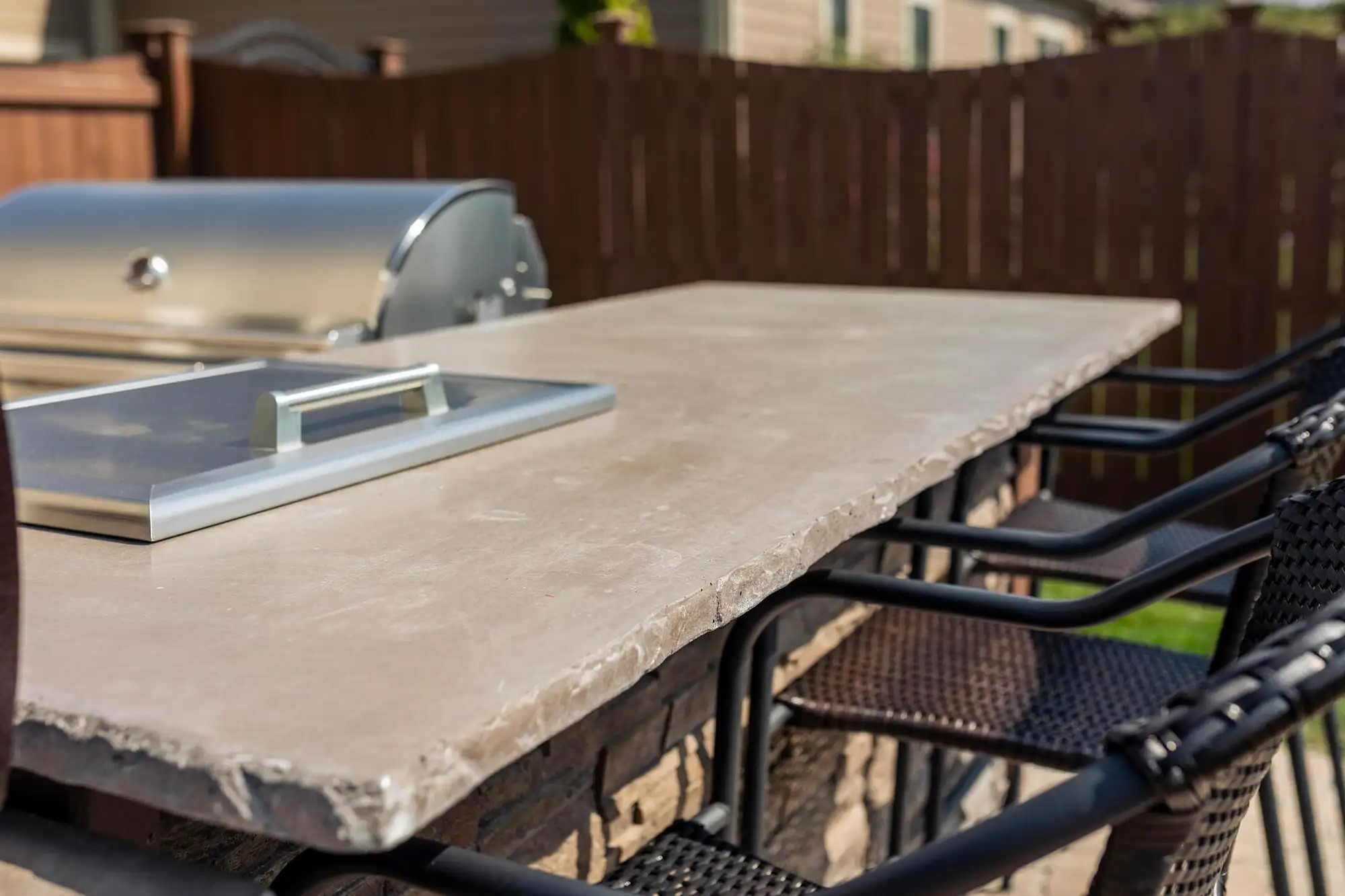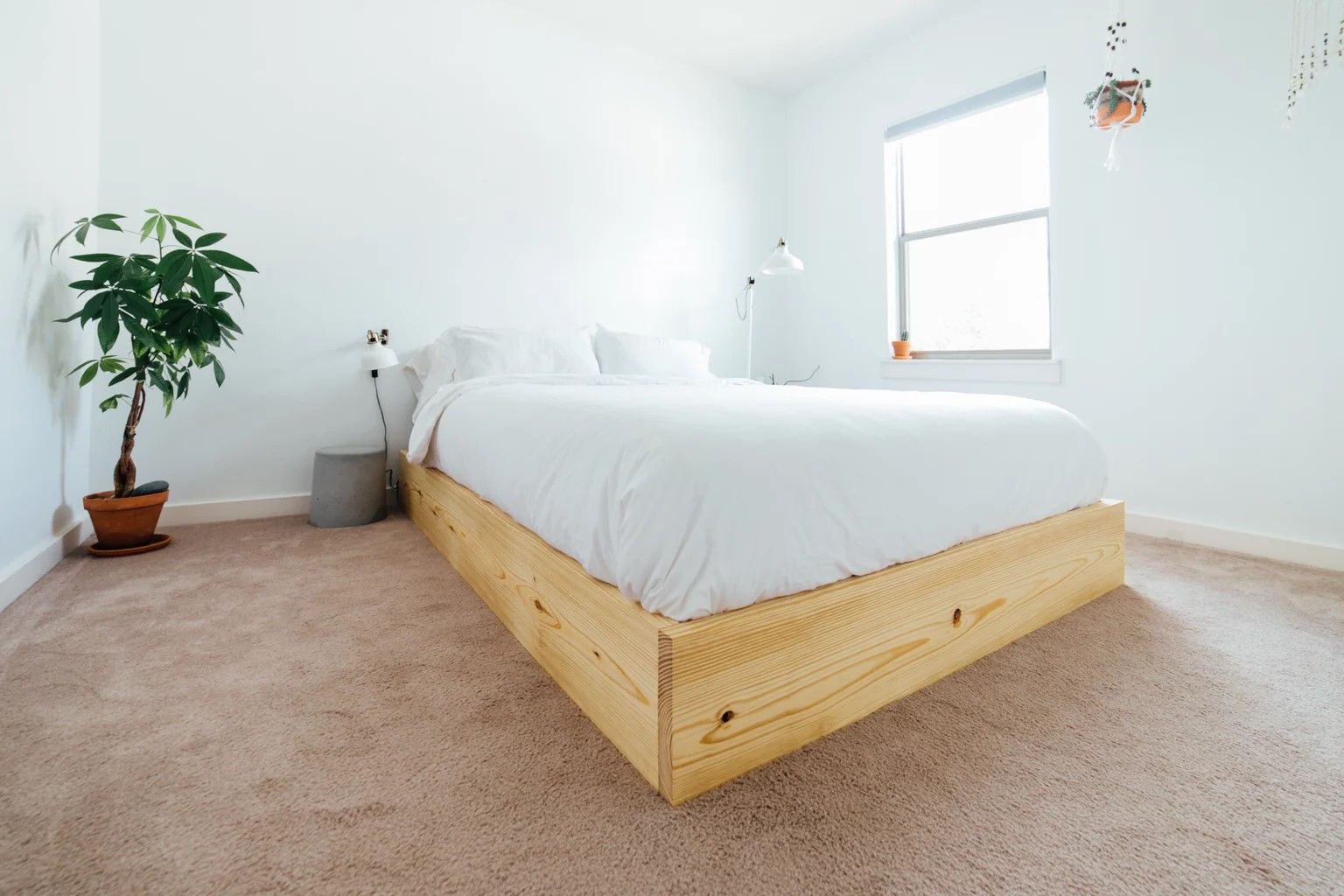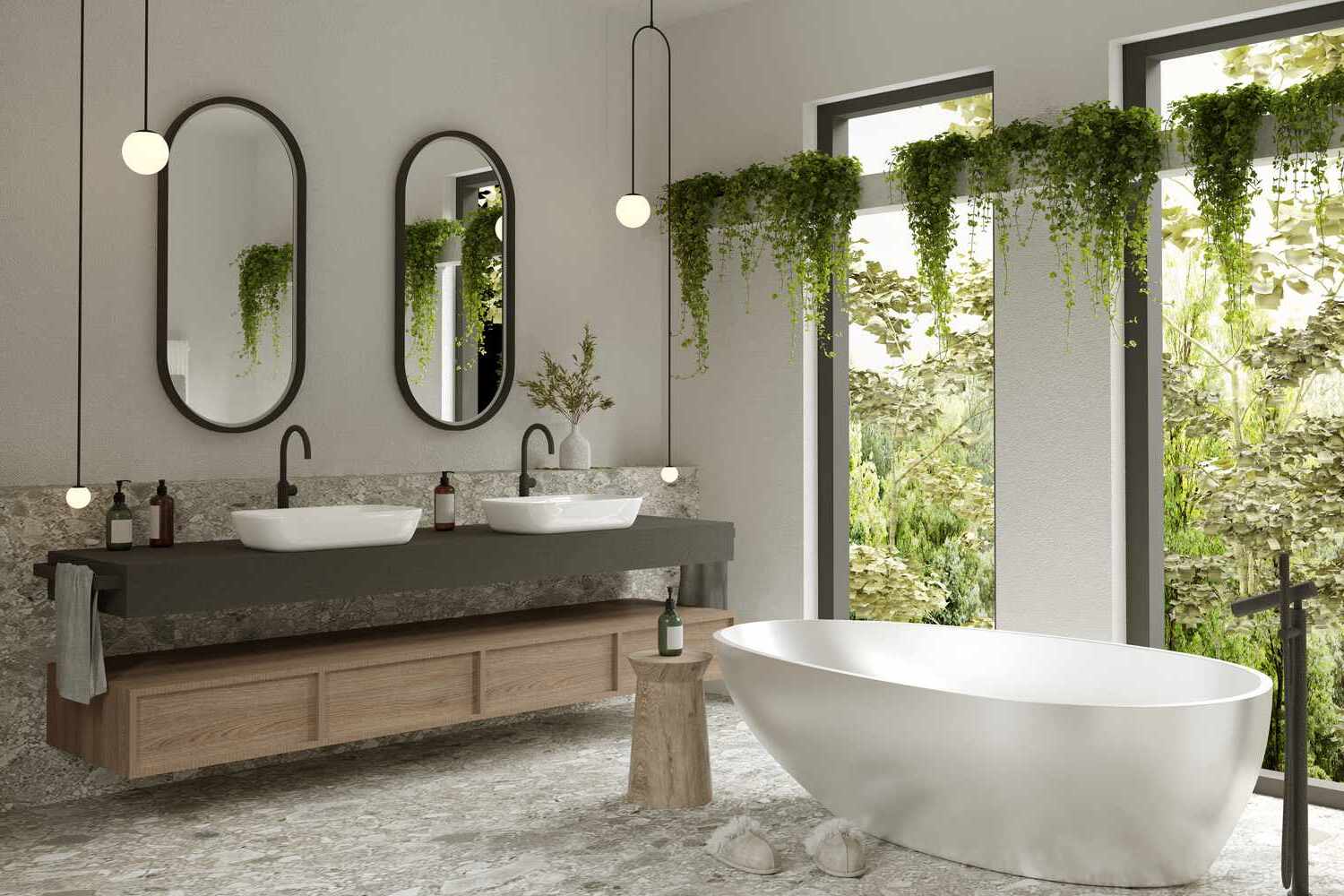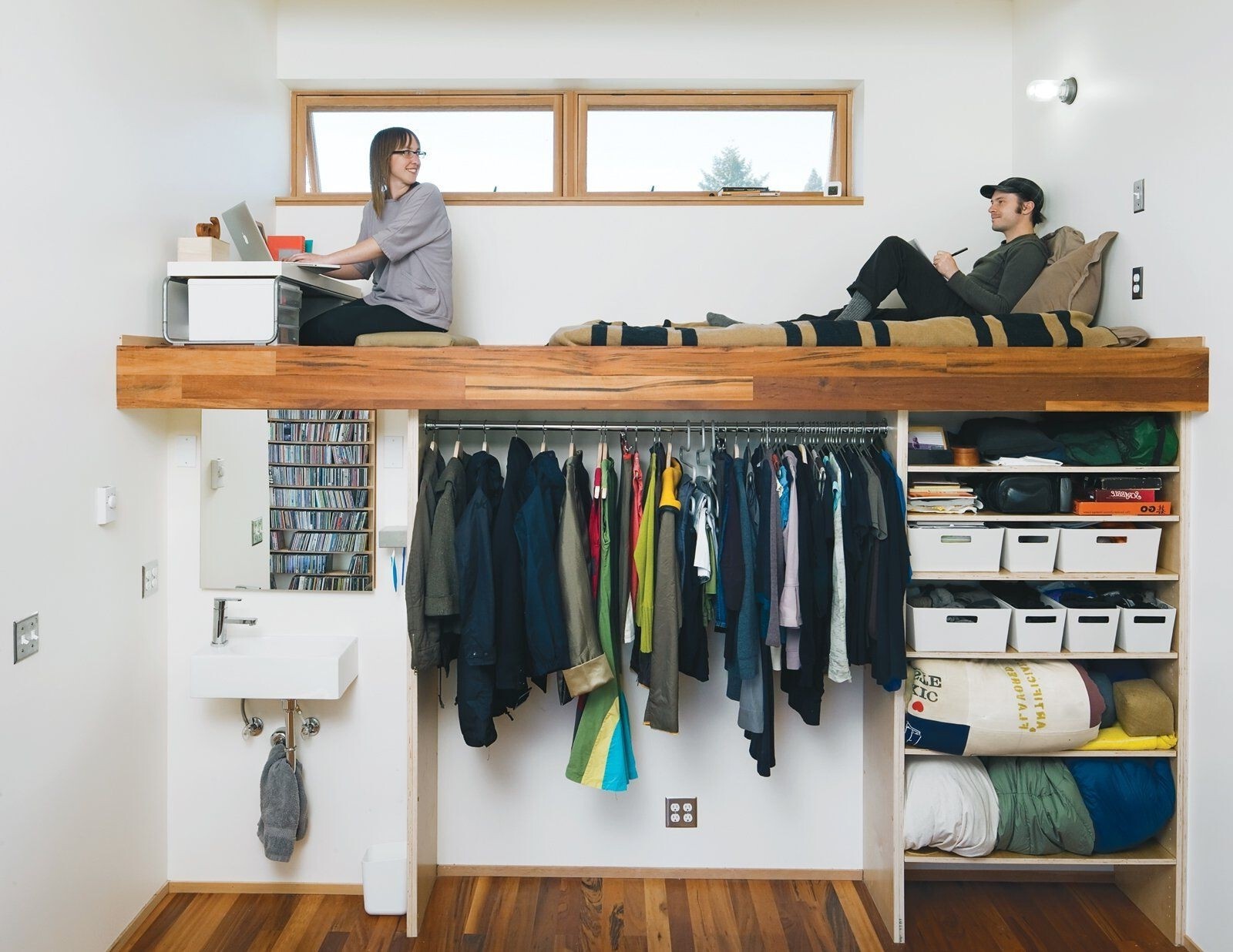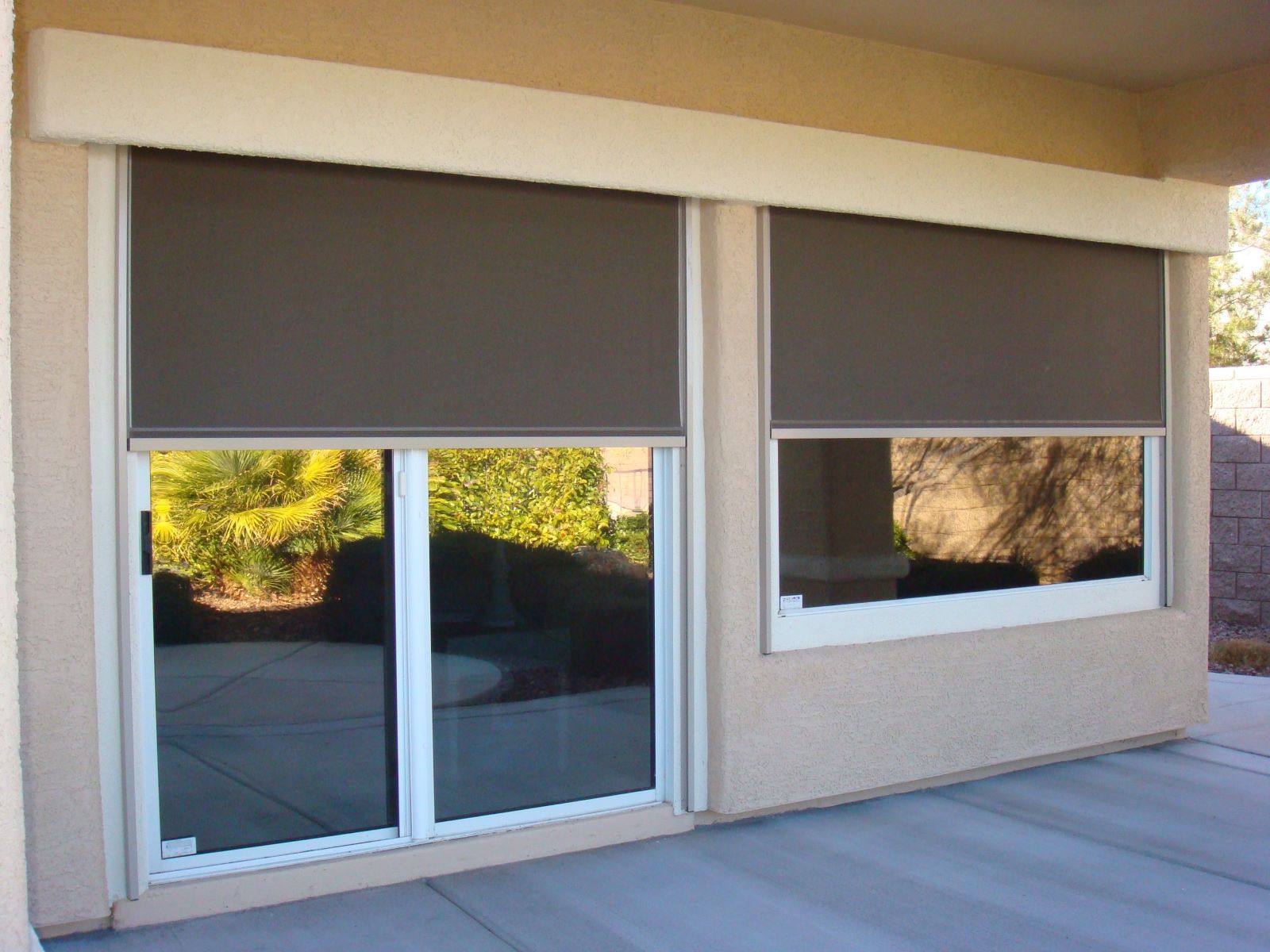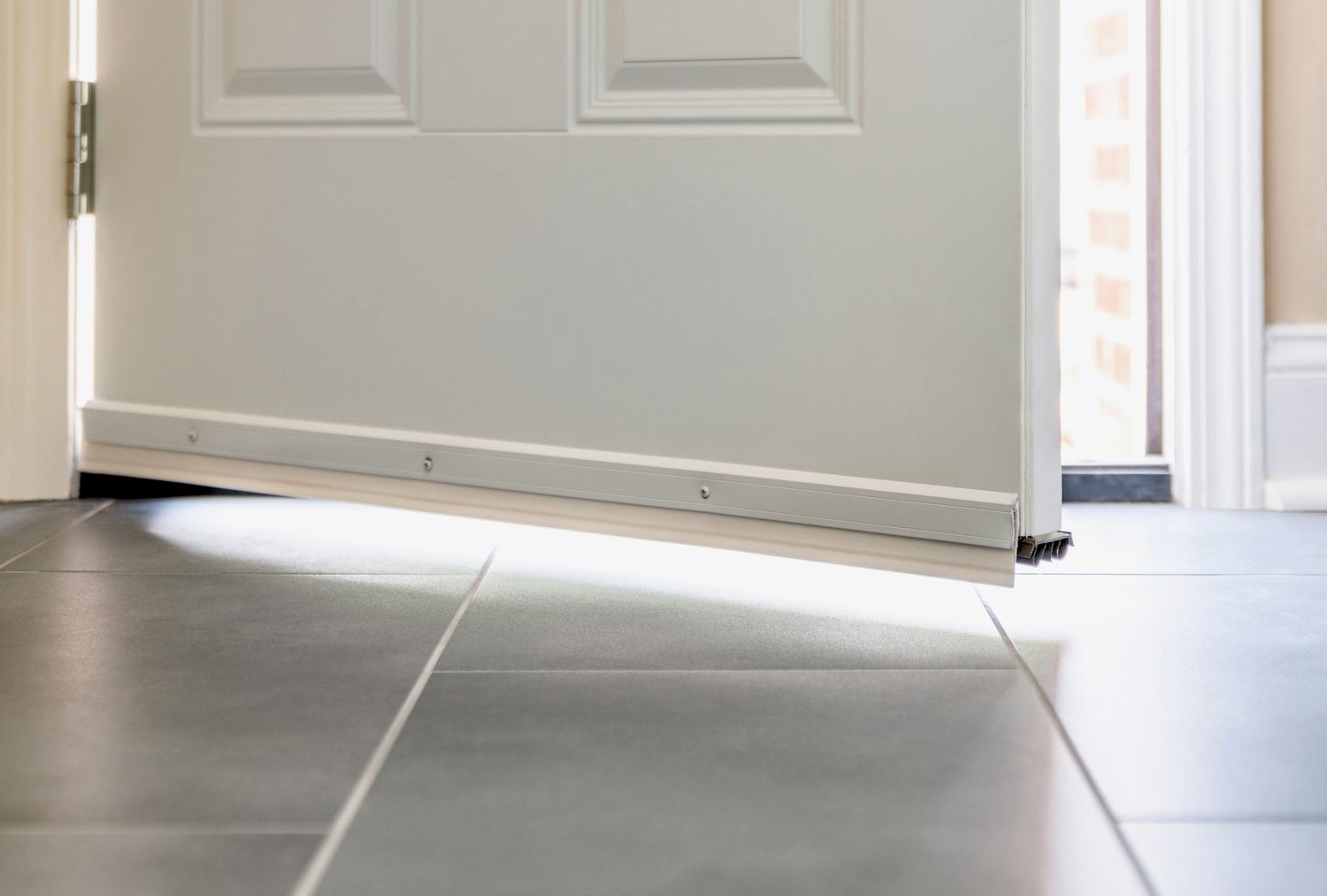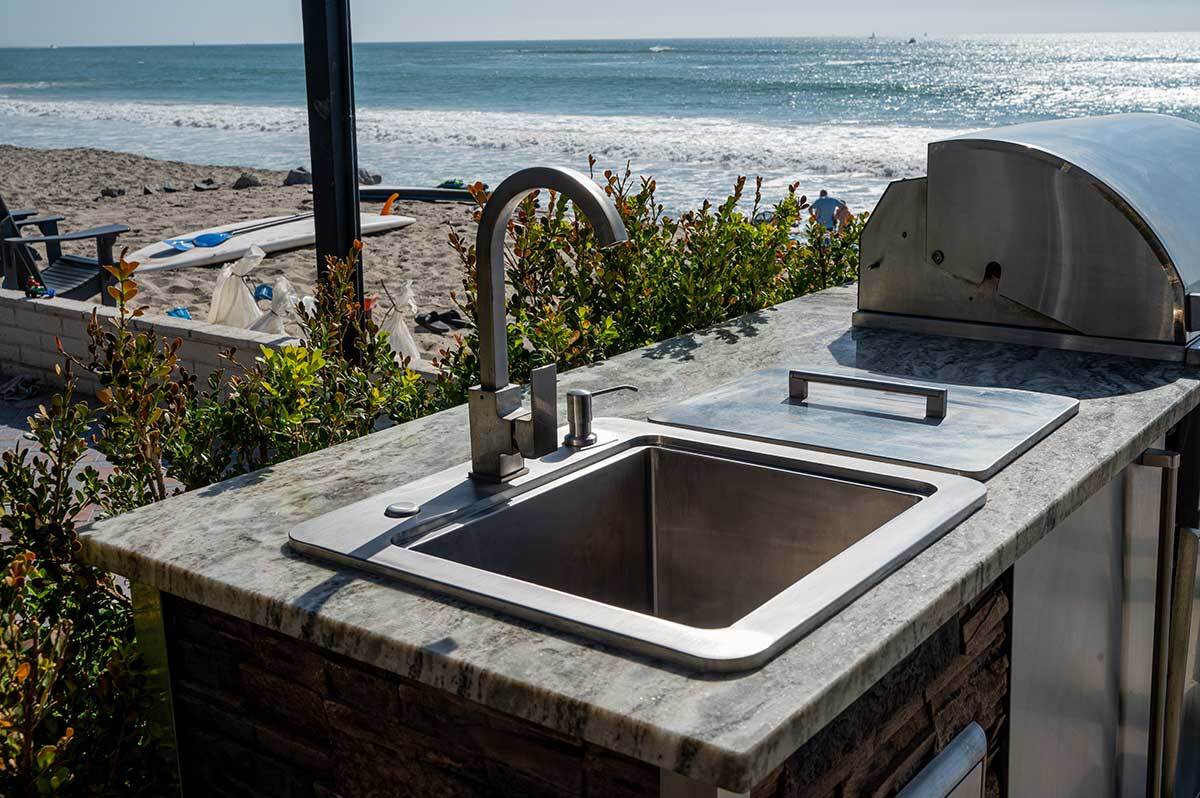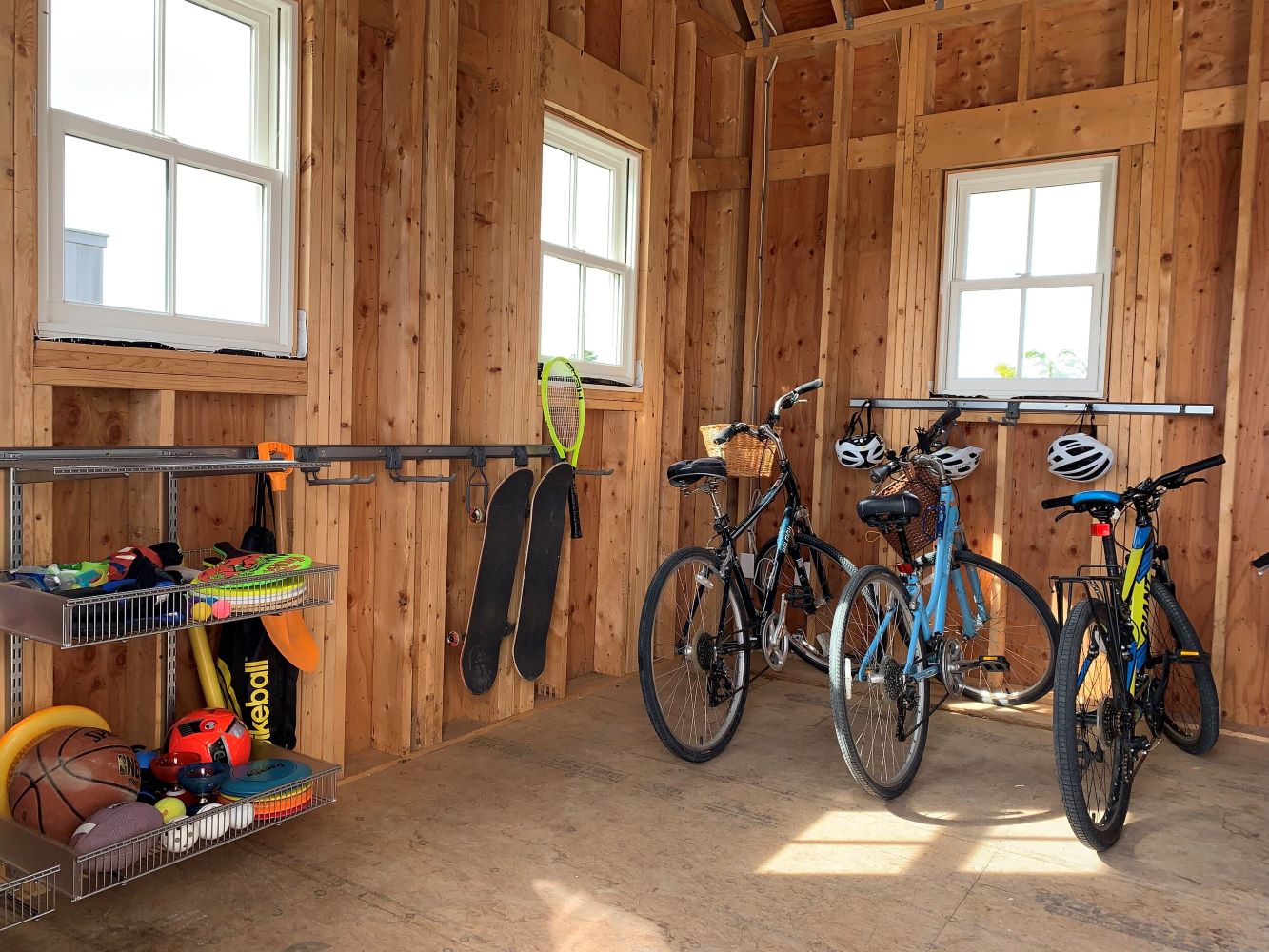Home>Create & Decorate>DIY & Crafts>Cinder Block Garden Bed: A DIY Guide To Creating A Stylish And Functional Outdoor Space
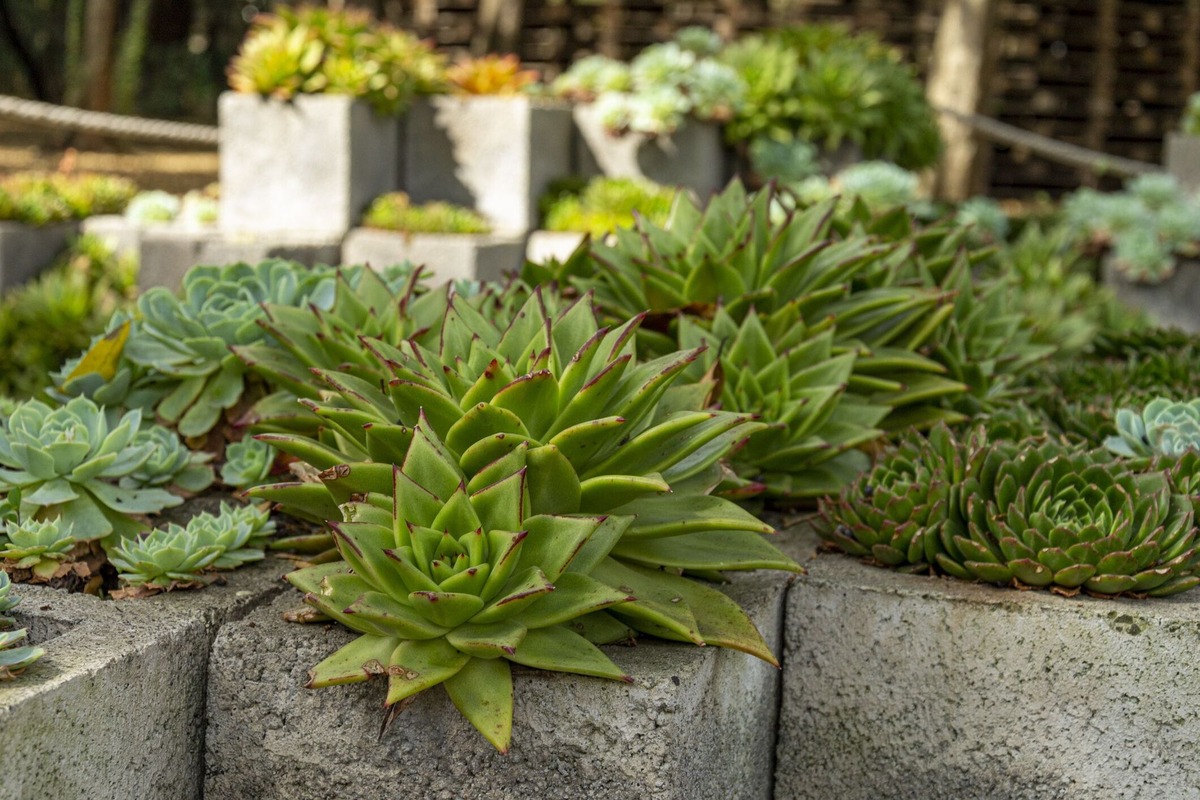

DIY & Crafts
Cinder Block Garden Bed: A DIY Guide To Creating A Stylish And Functional Outdoor Space
Published: June 1, 2024

Senior Editor in Create & Decorate, Kathryn combines traditional craftsmanship with contemporary trends. Her background in textile design and commitment to sustainable crafts inspire both content and community.
Transform your outdoor space with a stylish and functional Cinder Block Garden Bed using this comprehensive DIY guide. Perfect for DIY & Crafts enthusiasts.
(Many of the links in this article redirect to a specific reviewed product. Your purchase of these products through affiliate links helps to generate commission for Twigandthistle.com, at no extra cost. Learn more)
Introduction
Are you looking to spruce up your outdoor space with a stylish and functional garden bed? If so, then a cinder block garden bed might be just the project for you. Not only are cinder blocks affordable and easy to work with, but they also provide a durable and versatile option for creating a garden bed that suits your specific needs and style. In this guide, we will explore the benefits of using cinder blocks for garden beds, provide a step-by-step DIY guide to building your own, and offer tips for styling and maintaining your cinder block garden bed. Whether you're a seasoned DIY enthusiast or a beginner looking to enhance your outdoor space, this guide will equip you with the knowledge and inspiration to create a stunning garden bed using cinder blocks.
Read more: DIY Knife Block: How to Build Your Own
Benefits of Using Cinder Blocks for Garden Beds
When it comes to creating a garden bed, using cinder blocks offers a multitude of benefits that make them an attractive option for DIY enthusiasts and gardeners alike. Here are some of the key advantages of using cinder blocks for your garden bed:
-
Affordability: Cinder blocks are a cost-effective option for building a garden bed. They are readily available at most hardware stores and are relatively inexpensive compared to other building materials.
-
Durability: One of the standout features of cinder blocks is their durability. These sturdy blocks can withstand the elements and are built to last, making them an ideal choice for outdoor projects.
-
Versatility: Cinder blocks are incredibly versatile and can be used to create garden beds of various shapes and sizes. Whether you're looking to build a small herb garden or a larger vegetable patch, cinder blocks can be easily configured to suit your specific needs.
-
Ease of Assembly: Unlike traditional building materials, cinder blocks are easy to work with, making them a popular choice for DIY projects. Their uniform shape and size simplify the construction process, allowing you to build a garden bed with minimal effort.
-
Aesthetic Appeal: With their clean lines and modern look, cinder blocks can add a touch of contemporary style to your outdoor space. Additionally, their neutral color provides a versatile canvas for styling and decorating your garden bed to suit your personal taste.
-
Improved Drainage: The hollow design of cinder blocks allows for better drainage, which is essential for maintaining healthy plants in your garden bed. This feature helps prevent waterlogging and promotes optimal growing conditions for your plants.
-
Sustainability: Using cinder blocks for your garden bed can be a sustainable choice, as these blocks are often made from recycled materials. By opting for cinder blocks, you can contribute to environmentally friendly practices in your DIY projects.
By leveraging these benefits, you can create a garden bed that not only enhances the visual appeal of your outdoor space but also provides a practical and long-lasting solution for cultivating your favorite plants and flowers.
Planning Your Cinder Block Garden Bed
Before diving into the construction of your cinder block garden bed, it's essential to start with a well-thought-out plan. Planning is the key to ensuring that your garden bed meets your specific needs and complements your outdoor space. Here are the crucial steps to consider when planning your cinder block garden bed:
-
Selecting the Location: Begin by identifying the ideal location for your garden bed. Consider factors such as sunlight exposure, proximity to water sources, and the overall layout of your outdoor space. Choosing a spot with adequate sunlight and easy access to water will contribute to the success of your garden bed.
-
Determining the Size and Shape: Next, decide on the size and shape of your garden bed. Whether you opt for a rectangular, square, or custom shape, take into account the available space and the types of plants you intend to grow. Keep in mind that the size of the cinder blocks will influence the dimensions of your garden bed.
-
Assessing Soil and Drainage: Evaluate the quality of the soil in the chosen location and consider the drainage conditions. If the existing soil is not suitable for planting, you may need to amend it or opt for raised-bed gardening techniques. Additionally, ensure that the area provides adequate drainage to prevent water accumulation.
-
Considering Plant Selection: Think about the types of plants you wish to cultivate in your garden bed. Consider their growth habits, space requirements, and compatibility with the chosen location. This will help you determine the appropriate size and layout of the garden bed to accommodate your selected plants.
-
Incorporating Design Elements: Take the opportunity to incorporate design elements that complement your outdoor space. Whether it's adding curves, incorporating tiers, or integrating decorative features, consider how your garden bed can enhance the overall aesthetic of your yard or garden.
By carefully planning these aspects, you can lay the groundwork for a successful cinder block garden bed project. This thoughtful approach will ensure that your garden bed not only meets your practical gardening needs but also enhances the visual appeal of your outdoor space.
Materials and Tools Needed
Before embarking on your cinder block garden bed project, it's essential to gather all the necessary materials and tools to ensure a smooth and efficient construction process. Here's a comprehensive list of the items you'll need to bring your garden bed to life:
Materials
-
Cinder Blocks: The foundation of your garden bed, cinder blocks will form the walls and structure of the bed. Ensure you have enough blocks to accommodate the size and shape of your planned garden bed.
-
Garden Soil: High-quality soil is crucial for providing a healthy growing environment for your plants. Consider the specific soil needs of the plants you intend to cultivate and choose a suitable mix.
-
Landscaping Fabric: This fabric will serve as a barrier between the soil and the ground, helping to prevent weeds from growing up into your garden bed.
-
Gravel or Drainage Rock: To promote proper drainage within the garden bed, you'll need a layer of gravel or drainage rock to line the bottom of the bed.
-
Plants: Depending on your garden bed design and personal preferences, select the plants, flowers, or vegetables you wish to cultivate. Consider the sunlight and water requirements of your chosen plants when making your selections.
-
Mulch: Mulch helps retain moisture, suppresses weed growth, and adds a finished look to your garden bed. Choose a type of mulch that complements the overall aesthetic of your outdoor space.
Read more: DIY End of Bed Bench Tutorial
Tools
-
Work Gloves: Protect your hands during the construction process with a durable pair of work gloves.
-
Shovel: A shovel will be essential for digging, moving soil, and leveling the ground in preparation for the garden bed.
-
Level: To ensure that your garden bed is even and well-aligned, a level will be necessary for checking the horizontal and vertical positioning of the cinder blocks.
-
Tape Measure: Accurate measurements are crucial for creating a well-proportioned garden bed. A tape measure will help you ensure precision during the construction process.
-
Wheelbarrow: Use a wheelbarrow to transport soil, gravel, and other materials to the construction site, making the process more efficient.
-
Trowel: A trowel will be useful for planting and arranging the soil within the garden bed, as well as for adding finishing touches.
-
Watering Can or Hose: Ensure you have a reliable watering can or hose to provide your newly planted garden bed with the essential moisture it needs to thrive.
By gathering these materials and tools, you'll be well-equipped to tackle the construction of your cinder block garden bed with confidence and efficiency. With everything in place, you can look forward to creating a stylish and functional outdoor space that reflects your personal gardening vision.
Step-by-Step Guide to Building Your Garden Bed
Now that you have your plan, materials, and tools ready, it's time to dive into the exciting process of building your cinder block garden bed. Follow these step-by-step instructions to bring your garden bed to life:
1. Prepare the Site
- Clear the designated area of any debris, rocks, or existing vegetation.
- Use a shovel to level the ground and create a flat surface for the garden bed.
2. Lay the Foundation
- Place a layer of landscaping fabric over the prepared site to prevent weed growth.
- Add a 2-inch layer of gravel or drainage rock to the bottom of the bed to facilitate proper drainage.
Read more: How to Build a Butcher Block Island
3. Arrange the Cinder Blocks
- Begin placing the cinder blocks in your desired configuration, whether it's a rectangular, square, or custom shape.
- Use a level to ensure that the blocks are even and well-aligned.
4. Build the Walls
- Stack the cinder blocks on top of each other to create the desired height for your garden bed.
- Ensure that the corners of the blocks are snugly fitted together for stability.
5. Fill the Bed with Soil
- Once the walls are in place, fill the garden bed with high-quality garden soil, leaving a few inches of space at the top to accommodate your plants.
6. Plant Your Selections
- Carefully plant your chosen flowers, herbs, vegetables, or other greenery in the soil, following the recommended spacing and depth for each plant.
7. Add the Finishing Touches
- Once your plants are in place, consider adding a layer of mulch to help retain moisture and suppress weed growth.
- Water the newly planted garden bed thoroughly to provide essential moisture to the plants.
By following these steps, you'll be well on your way to creating a stunning cinder block garden bed that not only enhances the visual appeal of your outdoor space but also provides a thriving environment for your favorite plants and flowers. Enjoy the process and take pride in the beautiful outdoor oasis you've created.
Tips for Styling and Decorating Your Garden Bed
-
Colorful Plant Selection: Choose a variety of plants with different colors, textures, and heights to create visual interest in your garden bed. Incorporate flowering plants, foliage with varying shades of green, and even ornamental grasses to add depth and vibrancy to the space.
-
Vertical Planting: Consider adding vertical elements to your garden bed by incorporating trellises, obelisks, or tall planters. Climbing plants such as vines, roses, or flowering climbers can add vertical dimension and a touch of elegance to your garden bed.
-
Edging and Borders: Define the edges of your garden bed with decorative edging materials such as bricks, stones, or even smaller cinder blocks. This not only adds a polished look to the garden bed but also helps contain the soil and delineate the planting area.
-
Seasonal Accents: Introduce seasonal accents such as decorative ornaments, solar-powered lights, or seasonal flowers to reflect the changing seasons and add a festive touch to your garden bed throughout the year.
-
Artistic Arrangement: Experiment with different planting arrangements, such as creating patterns, using asymmetrical layouts, or incorporating geometric designs. This creative approach can turn your garden bed into a living work of art.
-
Focal Point Feature: Consider adding a focal point feature, such as a decorative sculpture, a birdbath, or a small water feature, to draw attention and create a captivating centerpiece within the garden bed.
-
Container Gardens: Integrate container gardens within the cinder block bed to add versatility and mobility. Planting in containers allows you to easily rearrange or replace plants, providing flexibility in styling and maintenance.
-
Complementary Hardscaping: Enhance the overall aesthetic by incorporating complementary hardscaping elements, such as pathways, seating areas, or decorative rocks, to create a cohesive and inviting outdoor space.
-
Seasonal Maintenance: Keep your garden bed looking fresh by regularly pruning, deadheading, and removing any faded or spent plant material. This ongoing maintenance ensures that your garden bed maintains its visual appeal throughout the seasons.
-
Personal Touches: Infuse your personality into the garden bed by adding unique and personal touches, such as handcrafted garden art, personalized plant markers, or DIY decorative elements that reflect your individual style and interests.
By implementing these styling and decorating tips, you can transform your cinder block garden bed into a visually captivating and inviting outdoor oasis that reflects your creativity and enhances the overall charm of your outdoor space.
Maintaining and Caring for Your Cinder Block Garden Bed
Once your cinder block garden bed is in place, it's essential to implement a maintenance and care routine to ensure that it continues to thrive and enhance the beauty of your outdoor space. Here are some key practices to keep in mind for maintaining and caring for your garden bed:
Regular Watering
Maintaining adequate moisture levels is crucial for the health of your plants. Depending on the specific needs of the plants in your garden bed and the prevailing weather conditions, establish a regular watering schedule to keep the soil consistently moist. Be mindful of dry spells and adjust your watering frequency accordingly to prevent the soil from drying out.
Read more: How to Build a DIY Loft Bed
Weed Control
Regularly inspect your garden bed for any signs of weed growth and promptly remove any unwanted plants. Consider applying a layer of mulch to help suppress weed growth and reduce the need for frequent weeding. This not only keeps the garden bed looking tidy but also prevents weeds from competing with your desired plants for nutrients and moisture.
Soil Maintenance
Periodically assess the quality of the soil in your garden bed and make any necessary amendments to ensure optimal growing conditions for your plants. This may involve adding organic matter, such as compost or aged manure, to enrich the soil and promote healthy plant growth. Additionally, consider testing the soil's pH levels and adjusting them as needed to support the specific requirements of your plants.
Pruning and Deadheading
Regularly inspect your plants for any dead or damaged foliage, spent flowers, or overgrown branches. Pruning and deadheading help maintain the overall health and appearance of your plants, encourage new growth, and prevent the spread of diseases. By removing dead or diseased plant material, you can promote the vitality and longevity of your garden bed.
Pest and Disease Management
Keep a watchful eye for signs of pests or diseases that may affect your plants. Implement preventive measures, such as inspecting plants for pests, using organic pest control methods, and practicing good garden hygiene to minimize the risk of infestations. Promptly address any pest or disease issues to protect the health of your garden bed.
Seasonal Care
Adjust your maintenance routine according to the changing seasons. This may involve winterizing your garden bed by protecting plants from frost, providing insulation, or adjusting watering practices. In the spring, assess the condition of your garden bed, refresh the soil, and consider adding new plants or making changes to the design based on your evolving preferences.
Structural Integrity
Regularly inspect the cinder blocks and overall structure of the garden bed to ensure that it remains stable and secure. Address any signs of shifting, settling, or damage to the blocks to maintain the integrity of the garden bed. This proactive approach helps prevent potential issues and ensures the long-term durability of your garden bed.
By incorporating these maintenance and care practices into your routine, you can preserve the health and beauty of your cinder block garden bed, allowing it to flourish and continue adding charm to your outdoor space for years to come.
Conclusion
In conclusion, creating a cinder block garden bed offers a multitude of benefits, including affordability, durability, versatility, and aesthetic appeal. By carefully planning the location, size, and design of your garden bed, gathering the necessary materials and tools, and following a step-by-step construction process, you can bring your outdoor oasis to life. Additionally, incorporating styling and decorating tips, along with implementing a maintenance and care routine, ensures that your garden bed remains a vibrant and inviting focal point in your outdoor space. Whether you're cultivating a variety of plants, adding decorative elements, or simply enjoying the beauty of your garden bed, the process of creating and caring for a cinder block garden bed is a rewarding and fulfilling endeavor. Embrace the creativity, enjoy the process, and revel in the beauty of your personalized outdoor sanctuary.

